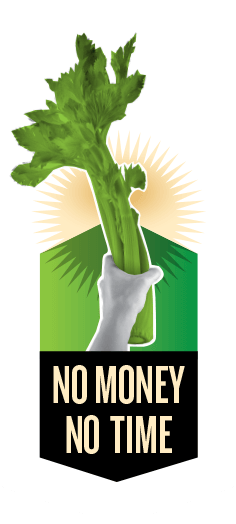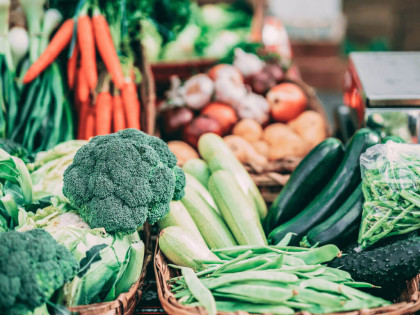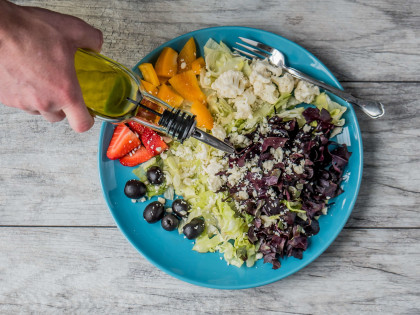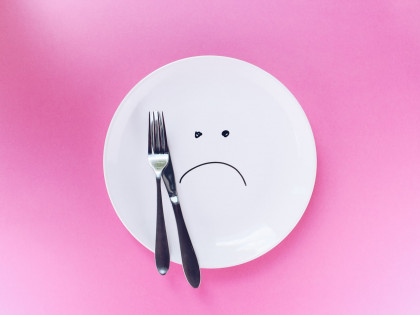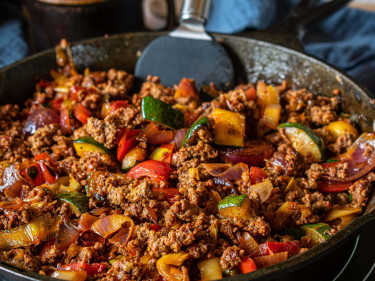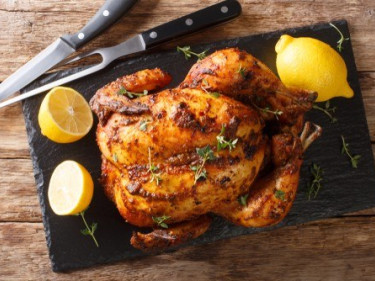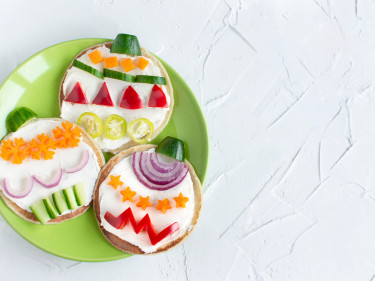If you’ve ever had food poisoning when eating out, chances are you run for the hills as soon as you see a slightly questionable kebab or undercooked piece of chicken.
However, it’s often overlooked that food poisoning can also occur in the home from poor hygiene practices. So what are the rules around preparing and reheating food, and how can you avoid making yourself (and potentially others) sick?
Cooling and reheating
Foods that are cooked and reheated are more likely to pose a risk, especially foods such as:
Raw and cooked meats
Dairy products
Processed fruits and vegetables e.g. pre-made salads
Cooked rice and pasta
Seafood
As cooked food drops to 60°C or below, bacteria that have survived the cooking will start to multiply until the food cools down to 5°C. The longer it’s left to cool, the longer the bacteria has to multiply.
If you’re storing food to eat later, you can cool it on the bench as long as it doesn’t drop below 60°C - which is roughly when the steam stops rising. If you’re reheating food, make sure it is reheated rapidly to at least 70°C - which is roughly when it is steaming hot throughout.
To find out more, check out the Food Standards Australia and New Zealand (FSANZ) guide for managing potentially hazardous foods in the risky temperature zone.
Prepping and storing
There’s a number of easy steps you can take to make sure you avoid food poisoning. Check out the list below for some things to keep in mind when cooking and storing food at home.
Try to eat food promptly once it’s cooked or reheated.
Cooked meals should last a few days in the fridge, so if you don’t plan to eat it within that time, pop it in the freezer.
Keep your cooked foods on the top shelves and raw on the bottom to avoid contamination.
Cook food thoroughly.
When defrosting food, put it in the fridge and keep it below 5°C. Never leave it to defrost on the bench or in the sink at room temperature.
Wash your hands before handling foods.
Use separate utensils and boards when chopping raw and cooked food.
If something you’ve found in the depths of your fridge or freezer seems questionable, don’t eat it!
To see the full article, check out The Conversation.

